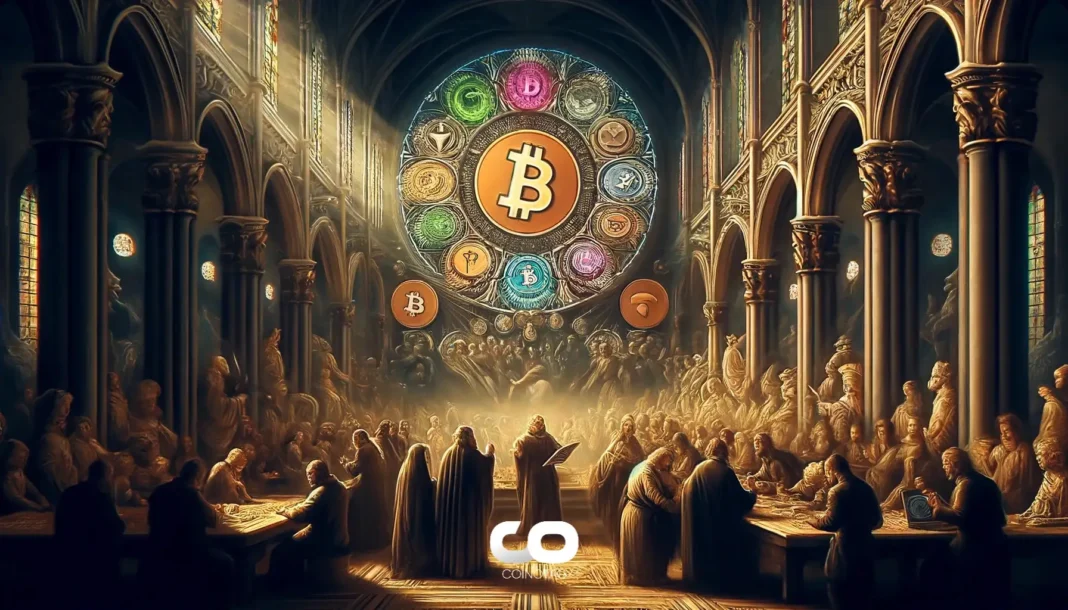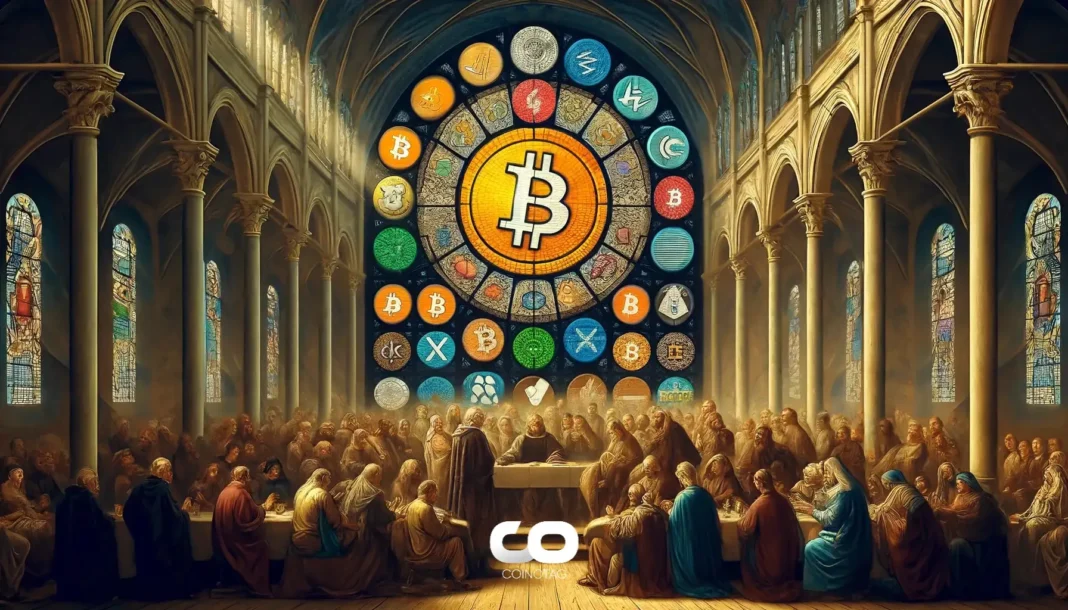-
The ongoing legal battle between the SEC and Ripple has taken a significant turn as a potential settlement looms on the horizon, raising questions about regulatory integrity and investor protection.
-
Ripple’s legal saga, dating back to December 2020, embodied the broader tensions between crypto innovation and regulatory oversight, highlighting a critical moment for the industry.
-
“This settlement undermines the court’s role in interpreting our securities laws,” stated SEC Commissioner Caroline Crenshaw, underscoring the controversy surrounding the SEC’s approach.
This article delves into the implications of the SEC and Ripple’s possible settlement, scrutiny from regulators, and what it might mean for the future of cryptocurrency regulation.
Settlement Implications: Protecting Investors or Eroding Oversight?
The potential approval of a settlement between the SEC and Ripple marks a pivotal moment in the cryptocurrency landscape. If finalized, this agreement could lead to the dissolution of the $125 million penalty and a significant shift in regulatory enforcement. Caroline Crenshaw, the SEC commissioner, has voiced her dissent, arguing that it may diminish the agency’s capacity to protect investors and enforce compliance within the crypto industry. This highlights a critical debate: will this settlement pave the way for greater regulatory clarity or create a void in investor protections?
The Regulatory Landscape Shifts
As the SEC appears to soften its stance towards crypto firms, many industry experts are evaluating the possible effects of these changes. Under former Chair Gary Gensler, the SEC adopted a stringent approach toward cryptocurrencies, but recent developments suggest a strategic pivot. Crenshaw warns that approving the settlement could lead to a regulatory vacuum, leaving investors vulnerable until a comprehensive framework is established. This raises critical concerns about investor trust and market stability as regulatory enforcement undergoes such transformations.
Steps Towards Conclusion: What Lies Ahead for Ripple
While a settlement is on the table, the journey toward resolution remains complex. Experts like former federal prosecutor James Filan argue that several legal hurdles must be overcome before finalization. Judge Torres’s indicative ruling will be crucial. Her approval would prompt a limited remand to the Second Circuit Court of Appeals, setting the stage for further proceedings and defining the roadmap to final closure of the case.
The SEC’s Evolving Strategy and Future Outlook
The SEC’s changing approach underlines a shifting perspective on cryptocurrency regulation. The implications of this potential settlement extend beyond Ripple; they could reshape the entire regulatory landscape for digital currencies. Should Judge Torres approve the settlement, it might signal an era where regulatory actions are more conciliatory, thereby affecting the operations and strategies of other crypto firms navigating an uncertain regulatory environment.
Conclusion
In summary, the unfolding developments between the SEC and Ripple highlight the tension between regulatory enforcement and the emergent crypto industry. While the potential settlement could alleviate some immediate pressures for Ripple, it poses significant questions regarding long-term investor protection and regulatory clarity. As stakeholders await Judge Torres’s indicative ruling, the future remains uncertain, demanding keen attention from both investors and regulatory bodies alike.






